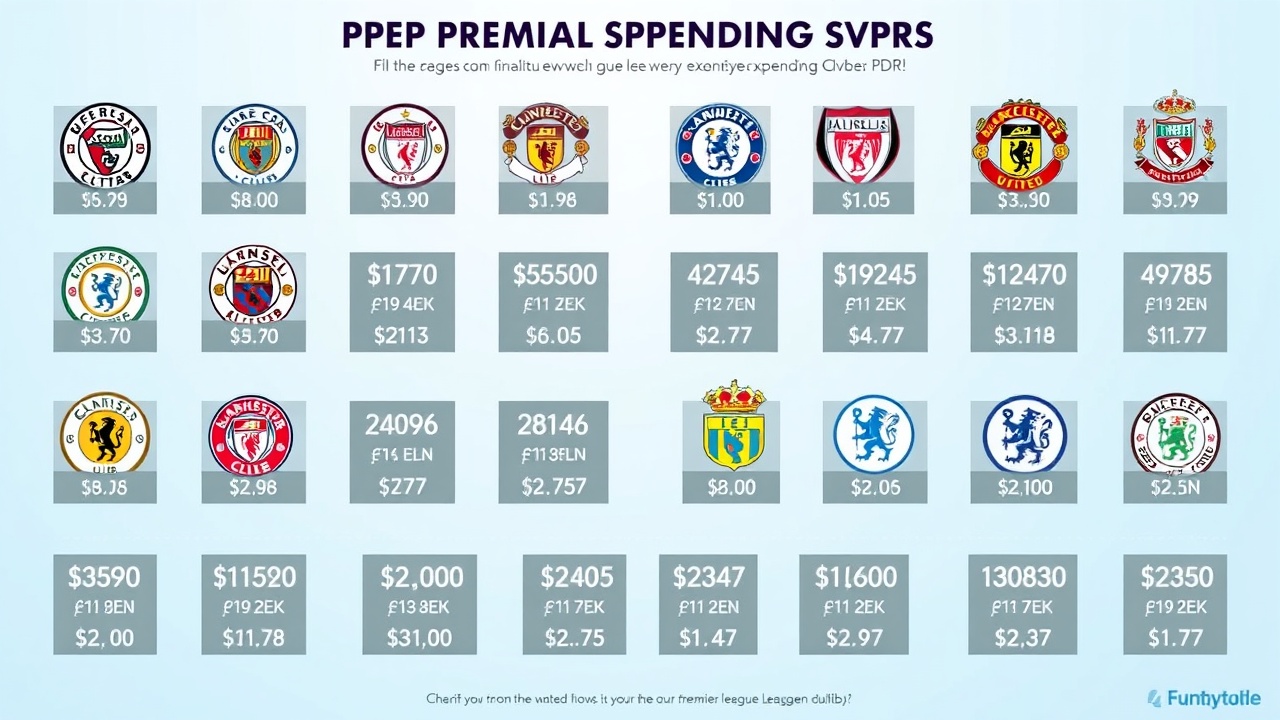Introduction
As the Premier League transitions from one season to the next, the spotlight shifts to the financial landscape of the league’s 20 teams. Following Sunderland’s recent Championship play-off victory, the lineup for the 2025-26 season is now confirmed, with Sunderland completing the roster. While the championship matches may have concluded for now, the excitement lingers as the transfer window opens, coinciding with the Club World Cup. Clubs have until September 1 at 7 PM BST (2 PM ET) to secure new signings, with the fixture list set to be released on June 18.
Financial Assessments
Football finance can be a convoluted matter, and this year, June 30 has emerged as a pivotal date for most Premier League clubs as they close their accounting books for the 2024-25 season. This date signifies the financial assessment deadline for multiple clubs, influencing their summer spending decisions amidst looming Premier League profit and sustainability rules (PSR), which govern the allowed financial losses.
Club Financial Performance
Fifteen clubs in the upcoming Premier League lineup will adhere to these regulations, which impose restrictions on financial losses. Clubs like Arsenal, Liverpool, West Ham, Burnley, and Sunderland will face varying limits. Arsenal’s recent financial assessments revealed a pre-tax loss of £69.8 million across the last two seasons. Though Arsenal has managed to stay compliant with PSR rules, their ability to inject equity limits their loss maximum to £20.4 million, taking into account their financial contributions.
In contrast, Aston Villa faces more pressing challenges following an unsuccessful campaign, which pushed them out of Champions League contention. Their pre-tax losses have reached over £206 million in two seasons, leaving them with limited room to maneuver under UEFA’s strict financial scrutiny. Similarly, Bournemouth managed to post profits through key player sales but still finds itself at risk under PSR regulations after heavy expenditures.
Meanwhile, clubs such as Brentford and Brighton showcase stability and profitability despite significant spending last summer. Brighton, in particular, reported combined pre-tax profits of £208.4 million, illustrating a robust financial position that allows for potential losses in the upcoming season without breaching compliance. Brentford’s financial situation remains manageable, bolstered by a recent player sale that ensures continued compliance.
Financial Strategies of Other Clubs
Other clubs like Chelsea, Newcastle, and Tottenham have also been navigating their own financial landscapes. Chelsea’s complex intra-group sales strategies have engendered some protection from severe financial repercussions, while Newcastle’s more favorable PSR position this season sees them potentially able to absorb losses as they prepare for improved revenues from Champions League participation next year.
With these developments, each team must carefully strategize their summer spending and financial health leading up to the June 30 deadline, setting the stage for an exciting period of transfers and financial maneuvering across the league. Clubs such as Fulham and Leeds United, coming off less tumultuous financial seasons, stand to benefit from improvements in their financial outlook.
Conclusion
As these narratives unfold, the Premier League’s financial dynamics will certainly influence not just player acquisitions but the very future of these clubs as they balance ambition with sustainability in the world’s most lucrative football league.




